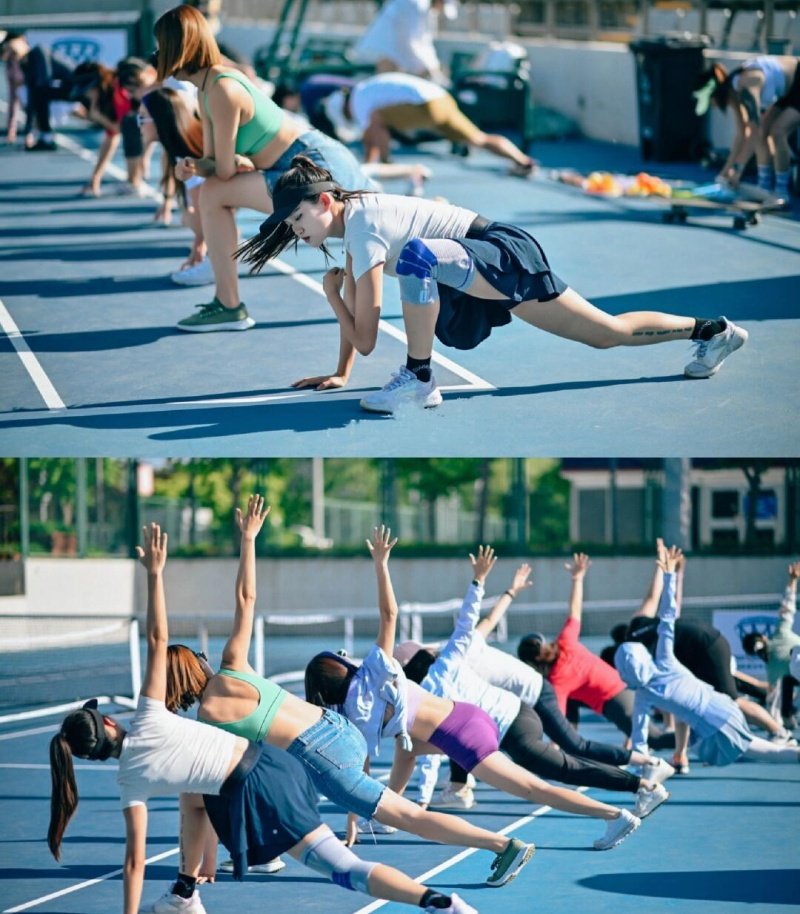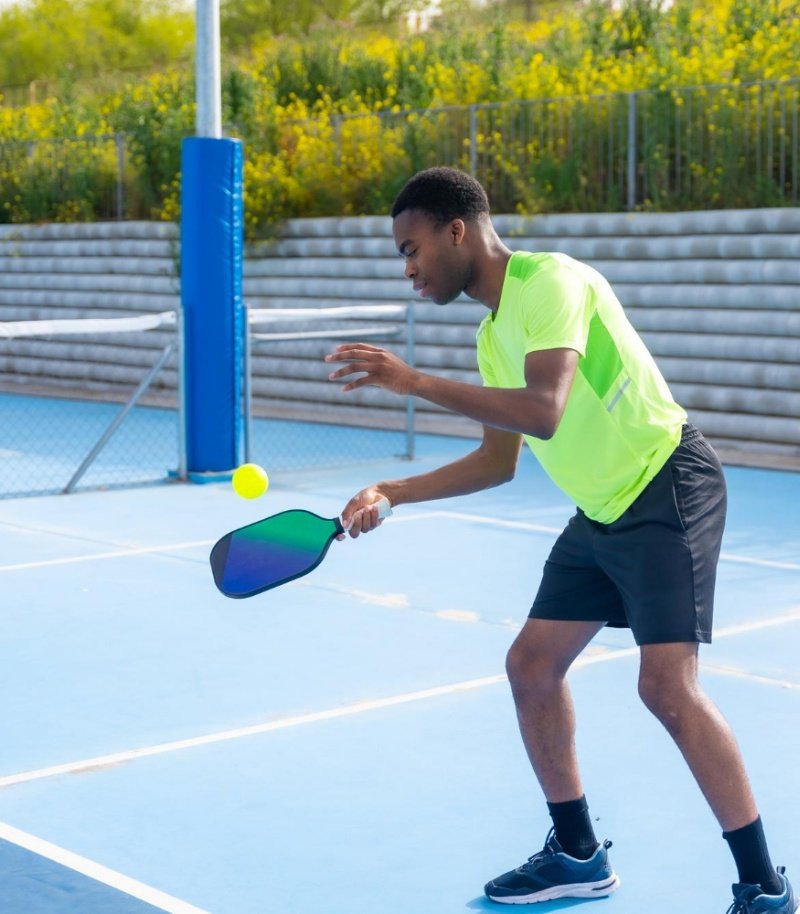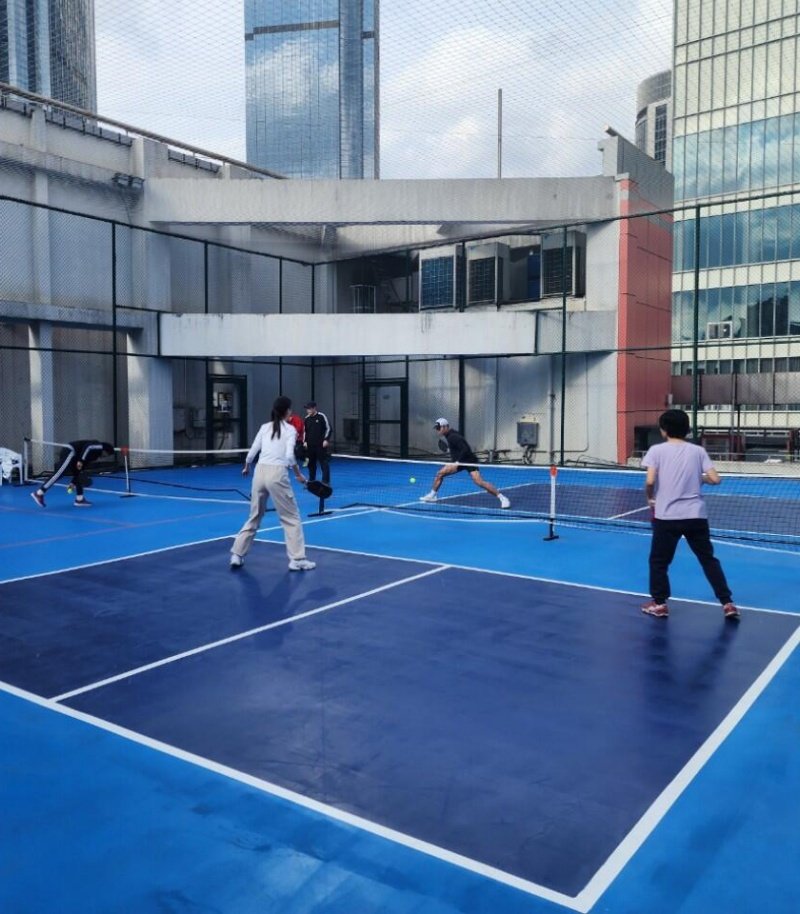Pickleball is a fast-paced game that can be confusing for beginners. Understanding the rules is essential for success.
Pickleball involves various rules that can be challenging to remember. We will explore the most important ones to help you get started.
Stick with me as we dive into the core rules of pickleball and break them down to make them easier to understand!
What are the 5 rules of pickleball?
Pickleball is full of fun but also has essential rules to follow. The five key rules focus on gameplay, serving, and the scoring system.
The five basic rules include the service, the double bounce rule1, the non-volley zone2 regulations, scoring, and fault rules.
Service
To begin, players must serve the ball underhand and diagonally. The serve must clear the non-volley zone and land in the correct service area.
Double Bounce Rule
The double bounce rule means the ball must bounce once on each side of the net before players can volley it. This rule ensures a fair game and keeps the action moving.
Non-Volley Zone
Also called the "kitchen," this area near the net has specific rules. Players can’t volley the ball while standing inside this zone, preventing dangerous net play.
Scoring
Pickleball uses a unique scoring system. Only the serving team can score points, and the game is usually played to 11, 15, or 21 points.
Faults
A fault is any mistake that violates the rules. Common faults include hitting the ball out of bounds, failing to clear the net, or violating the double bounce rule.
What are 10 rules in pickleball?
Understanding the game means knowing more than just five rules. Here are 10 critical rules to master for competitive play.
Mastering all ten rules ensures smoother gameplay and better understanding of pickleball's structure and fairness.
1. Serving Rules
In pickleball, the serve must always be underhand and made diagonally. The server must stand behind the baseline, and the serve must land in the opposite service box.
2. The Double Bounce Rule
As mentioned earlier, after the serve, the ball must bounce once on each side of the net before players are allowed to volley.
3. Scoring System
Pickleball has a unique scoring system where only the serving team can score a point. Games are typically played to 11, 15, or 21 points, with the winner needing to win by at least 2 points.
4. Non-Volley Zone
Players cannot enter the non-volley zone (kitchen) unless they are hitting a bounce shot. Volleys (hitting the ball before it bounces) are not allowed inside this zone.
5. Serving Sequence
Each player on the serving team gets a chance to serve, except for the first serve, which is always done by the team on the right side of the court.
6. Switching Sides
Players switch sides of the court when they reach the score limit set for each game (11, 15, or 21). This ensures that no team is consistently playing under the same conditions.
7. Let Rule
If the serve hits the net but still lands in the correct service area, it's called a "let rule3", and the serve is replayed.
8. Faults
A fault occurs when a player violates the rules, such as hitting the ball out of bounds, not letting the ball bounce before volleys, or stepping into the non-volley zone.
9. Overhead Smash
Players can perform an overhead smash4, but they must make sure not to violate the non-volley zone rule when executing the shot.
10. Ball Contact
The ball must be hit with the paddle. It cannot be caught, carried, or thrown by players, ensuring that the game stays within its intended structure.
What is the golden rule of pickleball?
The golden rule of pickleball is simple: Always respect the non-volley zone (the kitchen). This rule prevents players from crowding the net and allows the game to remain fair.
By avoiding volleying in the kitchen, players maintain proper form and safety during matches.
The Importance of the Golden Rule
The golden rule ensures that both players and teams have an equal chance to return and play the ball, preventing unfair advantages near the net. Violating this rule can lead to a fault and potential loss of points.
Why It Matters
The non-volley zone rule helps players focus on controlled play, ensuring the ball doesn't get hit too hard or dangerously, especially near the net.
What are the 5 Ps of pickleball?
Pickleball involves strategies that focus on positioning, planning, and precision. The "5 Ps" are fundamental to a successful strategy during the game.
The 5 Ps of pickleball5 stand for Positioning, Preparation, Precision, Patience, and Persistence. These principles guide the player toward effective play.
Positioning
Good positioning ensures that players are ready to hit any shot. Staying in the right place on the court allows you to respond quickly and efficiently.
Preparation
Preparation involves anticipating where the ball will go and getting ready to return it. Good preparation means fewer mistakes and quicker responses.
Precision
Precision focuses on placing the ball where your opponent can't easily return it. Hitting accurately is key to outplaying your opponent.
Patience
Patience is essential when waiting for the right moment to attack. Avoid rushing and focus on consistent, reliable shots.
Persistence
Persistence refers to continuously practicing and improving. The more you practice, the better your positioning and timing will be.
Conclusion
Pickleball rules revolve around proper serve techniques, court boundaries, and strategy principles like the non-volley zone and the 5 Ps.
-
Learn the double bounce rule and its role in ensuring fair gameplay in pickleball. ↩
-
Understand the non-volley zone's purpose and regulations in pickleball. ↩
-
Learn what the let rule is and its importance in pickleball serving. ↩
-
Discover how an overhead smash is executed and its impact on the game. ↩
-
Explore the 5 Ps of pickleball strategy for effective play. ↩










